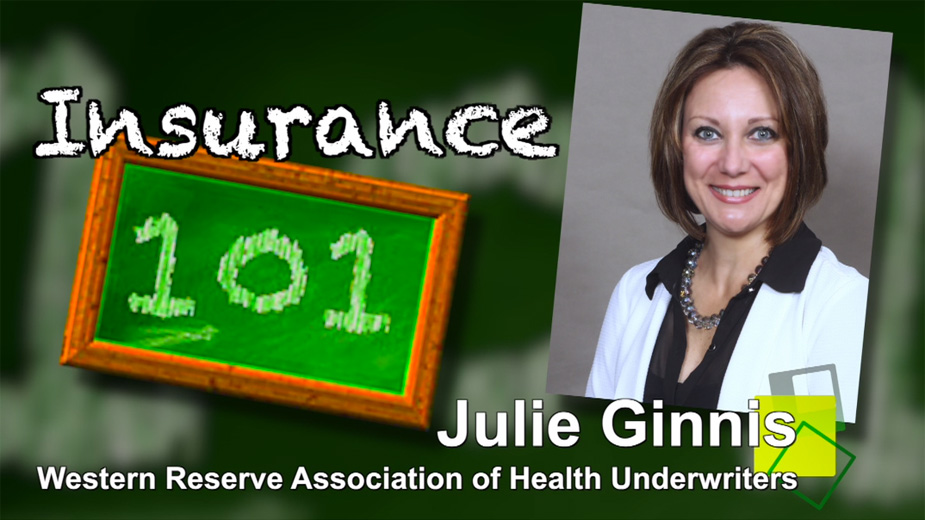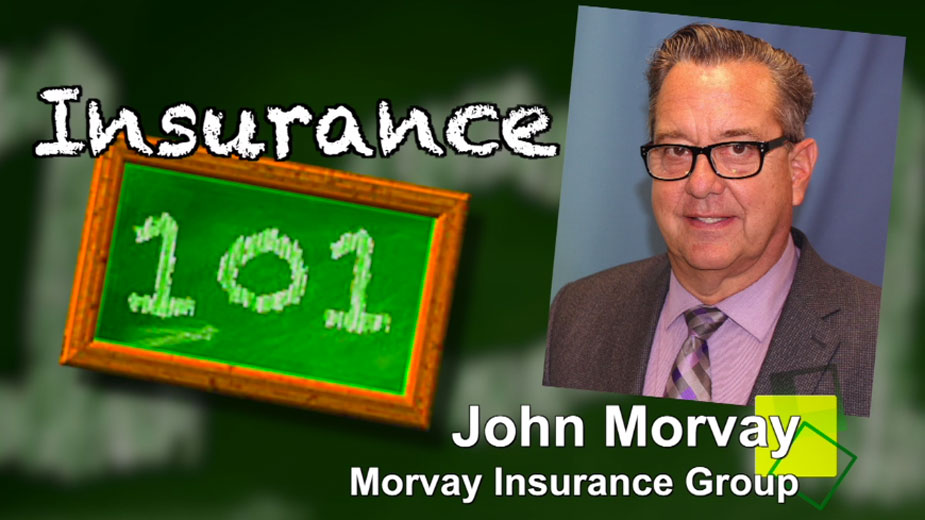Federal Law Mandates Plan Documents
By Julie Ginnis, benefits manager at Gilbert’s Risk Solutions and president of the Western Reserve Association of Health Underwriters.
The Employee Retirement Income Security Act of 1974 requires that all benefit plans must have a written plan document. This requirement applies to all plans, regardless of their size or the size of the sponsoring employer. If you sponsor an employee benefit plan, you must have a plan document. And it must comply with ERISA requirements. Period.
There are several topics that must be addressed in the written plan document. An ERISA plan may exist without a plan document, however. But not having a plan document means that the plan is out of compliance.
ERISA also requires that the summary plan description (SPD) must be furnished to all plan participants. The SPD must be written so that the average participant can understand it. Virtually all welfare benefit plans subject to ERISA must provide participants with an SPD, regardless of the size. Both insured and self-funded group health plans must comply.
Under ERISA, the plan administrator is legally responsible for making sure the SPD is provided, not the insurer or the third party administrator (TPA). For single-employer ERISA plans, the plan administrator is the employer that sponsors the plan, unless the plan document designates a different entity.
What are the consequences for not having a written plan document or SPD?
- Inability to respond to a participant request. The plan document and SPD must be furnished in response to a participant’s written request. The plan administrator may be charged up to $110 per day if it does not provide the plan document within 30 days after an individual’s request.
- Benefit lawsuits. Not having a plan document may put an employer at a disadvantage in the event a participant brings a lawsuit for benefits under the plan. Without a plan document, it will be difficult for the plan administrator to prove that the plan’s terms support the benefits decisions.
- Department of Labor audits. The DOL has started enforcing compliance with the ACA, and health plan audits are on the rise. When the DOL selects an employer for audit, it will almost always ask to see a copy of the plan document and summary plan description, in addition to other plan related documents. If an employer cannot respond to the DOL’s requests, it may trigger additional document requests, interviews, on site visits or even DOL enforcement actions.
A “wrap plan document” is a legal document that wraps together, or combines, all welfare benefit plan arrangements, group insurance policies and contracts and creates a single plan. It must comply with ERISA’s content requirements for plan and summary plan documents and it should state that it is intended to serve as both the plan document and the SPD.
And we must not forget about health benefit notices, also known as model notices or mandated notices, that are part of open enrollment for health insurance benefits. The documentation should be distributed and supplied to employees in compliance with employer’s obligations under federal law. Some notices are to be provided annually, which is why many employers chose to include the documents during the company’s open enrollment period as an administrative convenience.
Also during open enrollment, any plan changes should be communicated with employees through a summary plan description to remain in compliance with the Affordable Care Act. To learn more, reach out to the Western Reserve Association of Health Underwriters at WRAHU.org.
Copyright 2024 The Business Journal, Youngstown, Ohio.



